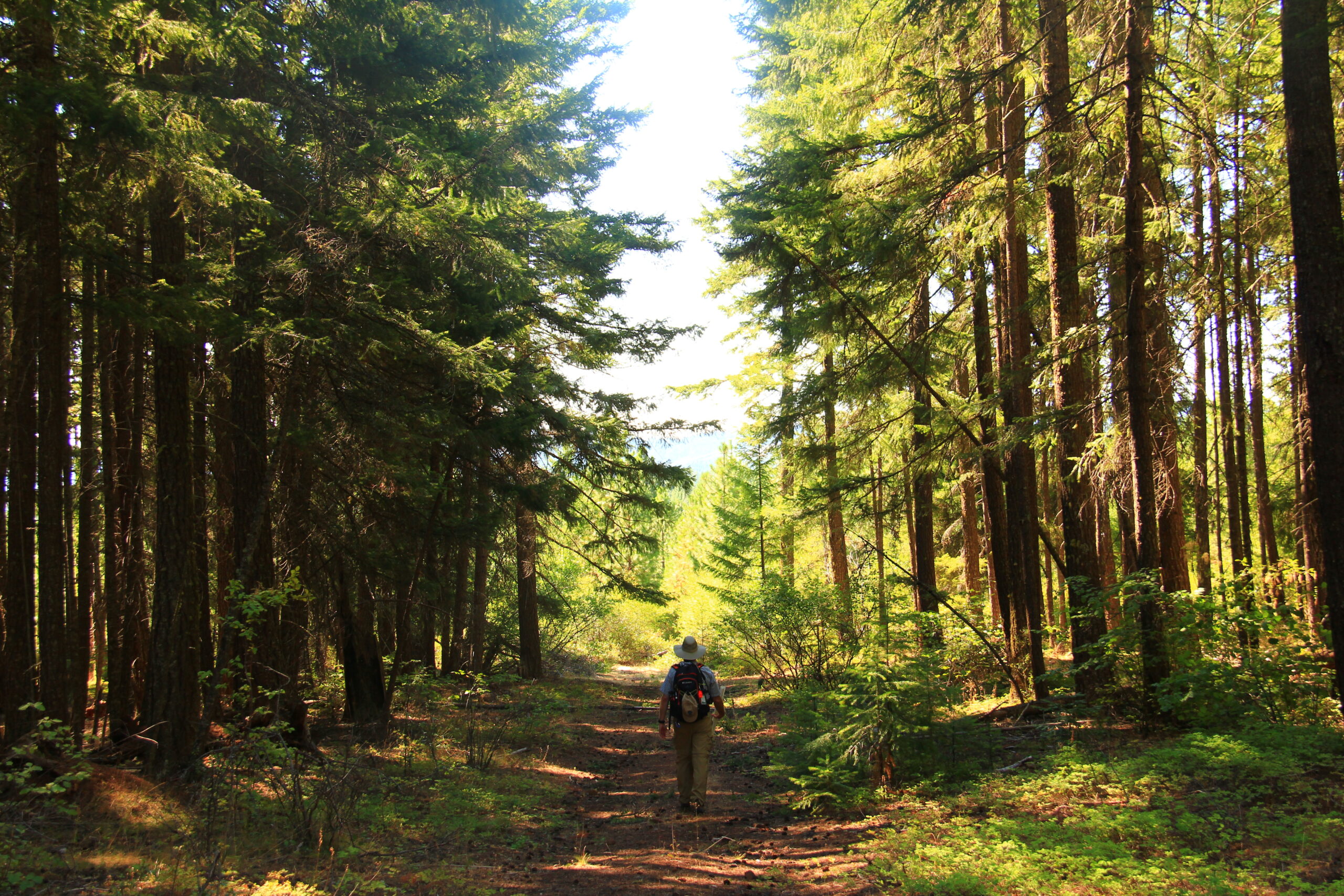
Paul J. Ferraro and R. David Simpson (2002) focus their empirical work chiefly on efforts to preserve rain forest in Madagascar. They compare the costs of three different methods of conservation. One is to subsidize the output of production activities (such as beekeeping) that are environmentally friendly to the forest. Another is to subsidize the capital inputs (such as beehives) used to produce such goods. And a third is to directly subsidize the preferred use of rain forest land-for example, by purchasing or leasing the land and then subleasing it to beekeepers at a reduced rental rate.
The authors find that the third approach, that of directly purchasing or leasing the environmentally sensitive resource, can cut costs by up to ninety percent compared to indirect means, such as subsidizing output prices or the prices paid by farmers for other inputs. And for those who would like to see more conservation, the direct purchase or lease of ecologically sensitive land can yield ten times more environmental protection for a given cost.
An analogy may prove helpful in seeing the advantage of direct payment. Suppose you wish to increase the protein in your diet. Most dishes contain protein, so one indirect way to get more protein is to simply eat more food. This entails paying for foods (such as pasta) that add little to meeting your objective, and you may even be getting things you don’t really want (such as an extra dessert). Alternatively, you could purchase the same number of dishes, but select ones that are protein-intensive — buying more steak dinners and fewer pancake breakfasts. This can cut the cost of achieving your objective, as well as reducing unwanted effects of the first approach (such as having to enlarge your waistband). This is exactly what direct payments for ecosystem protection do: They focus on what is actually of interest — the ecosystem itself.
The direct payment approach is exactly that taken by numerous organizations in preserving ecosystem attributes in the United States. For example, the Delta Waterfowl Foundation’s “adopt-a-pothole” program pays prairie farmers who protect nesting areas for ducks, while Defenders of Wildlife has offered U.S. ranchers and other landowners a reward for occupied wolf dens on their property. Similarly, the Nature Conservancy and hundreds of smaller land trusts have purchased farms, forests, wetlands, and development rights to protect ecosystems directly. The findings of Ferraro and Simpson suggest that similar approaches will work around the world, and will yield more ecosystem protection.
Nothing in this research suggests that profitable eco-friendly activities should be discouraged. Nor does the research imply that organizations should stop trying to encourage environmental protection in low-income nations. Rather, the issue is the most effective means of achieving that protection (and thus the most environmental protection) when the private profit stimulus is not enough.
The authors go on to suggest why direct payments have not been used more frequently, despite their advantages. First, incentives of donors and recipients don’t always match up. Many donors presumably want to minimize the cost of any given amount of conservation (because doing so permits more total conservation to be achieved). But the eco-entrepreneur (such as the beekeeper) wants the donor to spend money on his or her services rather than land, because this maximizes the eco-entrepreneur’s income. It obviously takes two to tango — donor and recipient-and sometimes (often, it seems, in low-income nations), the recipient’s wishes prevail, leading to less protection for the environment.
As Ferraro and Simpson note, there are probably other reasons that direct payments have not been used more often. In the case of government, World Bank, and United Nations projects, political realities affect outcomes. Indirect approaches, especially those involving large capital investments in the recipient nations, result in large budgets that support the staff and infrastructure of the donor organizations. Moreover, the tangible nature of the staff and infrastructure of the indirect approach may give a stronger appearance of immediate action — always a valuable attribute in the political arena.
But if the objective is really ecosystem protection rather than political posturing or power grabs, the findings of this paper are clear and compelling: When it comes to a better environment, if you want it, buy it.
REFERENCE
Ferraro, Paul J., and R. David Simpson. 2002. The Cost-Effectiveness of Conservation Payments. Land Economics 78(August): 339-53.
Daniel K. Benjamin is a PERC Senior Associate and Professor of Economics at Clemson University. This regular column, “Tangents-Where Research and Policy Meet,” investigates policy implications of recent academic research. Benjamin can be reached at: wahoo@clemson.edu .



